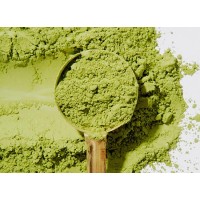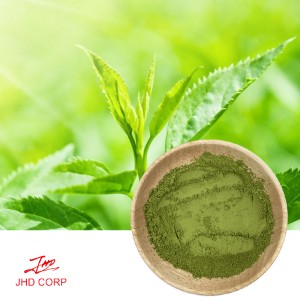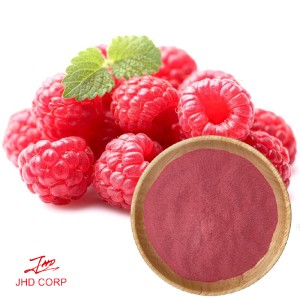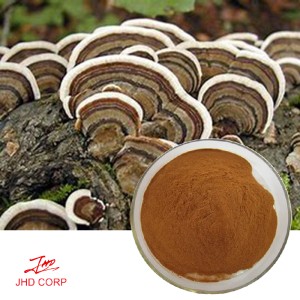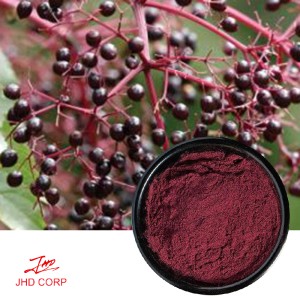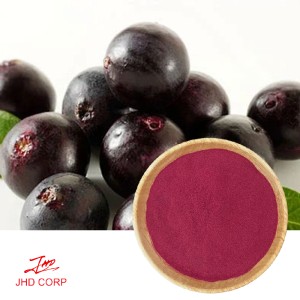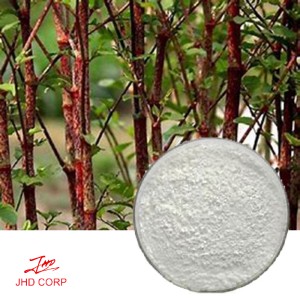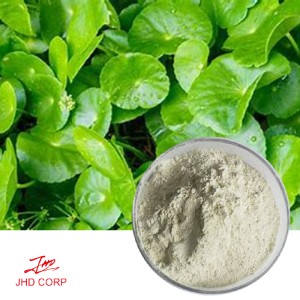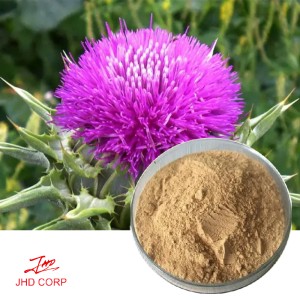How to Distinguish Between Matcha Powder and Green Tea Powder?
Matcha powder is prized for its vibrant color, creamy flavor, and potent nutritional benefits, making it a premium choice for tea enthusiasts and culinary applications.
Organic matcha powder and green tea powder are both derived from the Camellia sinensis plant, yet they differ significantly in terms of production, appearance, taste, and nutritional content. Understanding these distinctions can help you make informed choices based on your preferences and intended use.
1. Production Process
The primary difference between matcha and green tea powder lies in how they are cultivated and processed. Matcha is made from shade-grown tea leaves, which are covered for about 20–30 days before harvest. This shading process increases chlorophyll levels, giving matcha its vibrant green color and rich flavor. After harvest, the leaves are steamed, dried, and stone-ground into a fine powder.
Green tea powder, on the other hand, is typically made from sun-grown tea leaves. These are processed similarly to regular green tea — steamed or pan-fired, dried, and then ground into a powder. The lack of shading results in a less vibrant color and a milder flavor profile compared to matcha.

2. Appearance
Matcha powder bulk is renowned for its bright, vivid green color, which is a result of the shading process that boosts chlorophyll content. In contrast, green tea powder generally has a duller green or yellowish hue due to its sun exposure during growth.
3. Flavor Profile
Matcha offers a rich, creamy taste with a slightly sweet and umami flavor. Its smooth texture makes it ideal for traditional tea ceremonies and modern culinary uses such as lattes and desserts. Green tea powder, however, has a more astringent and bitter taste, lacking the depth of flavor found in matcha.
4. Nutritional Content
Ceremonial grade matcha powder is more nutrient-dense than green tea powder because the entire leaf is consumed when drinking matcha. It contains higher levels of antioxidants, particularly catechins like EGCG (epigallocatechin gallate), which are known for their health benefits. Matcha also has more caffeine and L-theanine, promoting a balanced energy boost and mental clarity. Green tea powder retains some health benefits but is less potent due to differences in processing and leaf quality.
5. Price and Quality
Matcha is generally more expensive than green tea powder because of its labor-intensive production process and higher quality standards. Authentic matcha is often sourced from Japan, where traditional methods are meticulously followed. Green tea powder is more affordable but may not deliver the same premium experience or health benefits.


